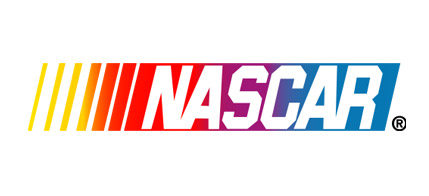FLRacingFan
Team Owner
DAYTONA BEACH, FLA. —
Sprint Cup cars racing unrestricted at Daytona International Speedway?
NASCAR's top tour using engines for more than one race?
That day might be closer than you think.
As part of an initiative to improve racing and decrease ever-rising costs, NASCAR is discussing how to lower the horsepower in the Cup series and extend the life cycle to two races per engine -- initiatives that could be implemented as early as 2015.
From a performance standpoint, there's a general consensus that slowing down the cars would have the greatest impact on the racing itself. Slowing the cars would bunch up the packs and possibly make the racing tighter and closer.
Gene Stefanyshyn, NASCAR's VP of Innovation and Racing Development, points out that the horsepower of the current spec engine has jumped from 450 to 850 over the last 30 years, while the speeds have climbed by about 30 miles per hour and "the tire footprint is the same."
-----------------------
Other suggestions include moving from a flat tappet camshaft in the Cup engines to the roller camshafts which are currently used in the Nationwide and Truck series. Consequently, Cup engines could be recycled to the lower series.
"As engine builders we've tried to cross this bridge many times," said Doug Yates, CEO of RoushYates, which supplies engines to NASCAR's Ford teams. "Should we go roller cams all the way across every series? And there was always a good reason not to do it. Well, today there is probably a better reason to do it than not to do it because if we're going to run engines longer and get more life out of them and save some costs it would be better to have a roller cam application rather than a flat tappet application.
FULL article: http://msn.foxsports.com/nascar/sto...owering-horsepower-to-preserve-engines-012714
Sprint Cup cars racing unrestricted at Daytona International Speedway?
NASCAR's top tour using engines for more than one race?
That day might be closer than you think.
As part of an initiative to improve racing and decrease ever-rising costs, NASCAR is discussing how to lower the horsepower in the Cup series and extend the life cycle to two races per engine -- initiatives that could be implemented as early as 2015.
From a performance standpoint, there's a general consensus that slowing down the cars would have the greatest impact on the racing itself. Slowing the cars would bunch up the packs and possibly make the racing tighter and closer.
Gene Stefanyshyn, NASCAR's VP of Innovation and Racing Development, points out that the horsepower of the current spec engine has jumped from 450 to 850 over the last 30 years, while the speeds have climbed by about 30 miles per hour and "the tire footprint is the same."
-----------------------
Other suggestions include moving from a flat tappet camshaft in the Cup engines to the roller camshafts which are currently used in the Nationwide and Truck series. Consequently, Cup engines could be recycled to the lower series.
"As engine builders we've tried to cross this bridge many times," said Doug Yates, CEO of RoushYates, which supplies engines to NASCAR's Ford teams. "Should we go roller cams all the way across every series? And there was always a good reason not to do it. Well, today there is probably a better reason to do it than not to do it because if we're going to run engines longer and get more life out of them and save some costs it would be better to have a roller cam application rather than a flat tappet application.
FULL article: http://msn.foxsports.com/nascar/sto...owering-horsepower-to-preserve-engines-012714


